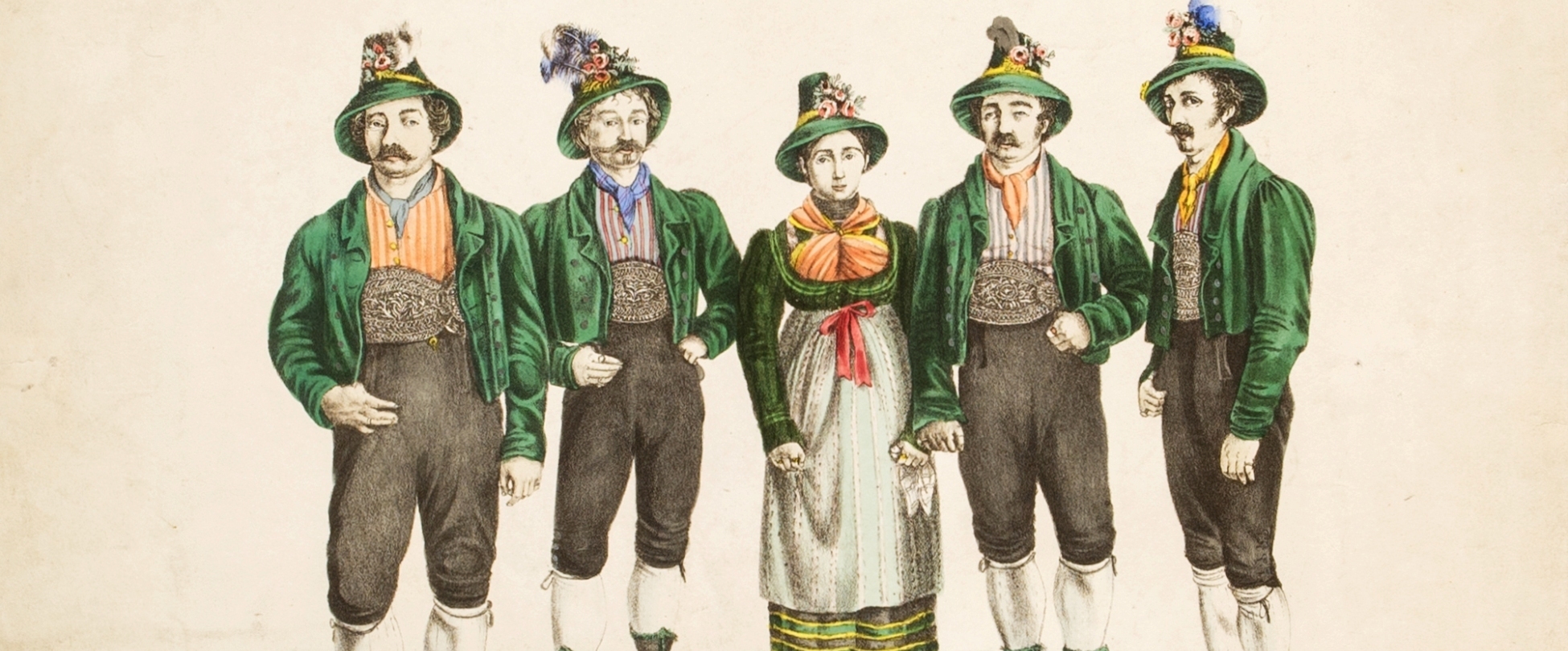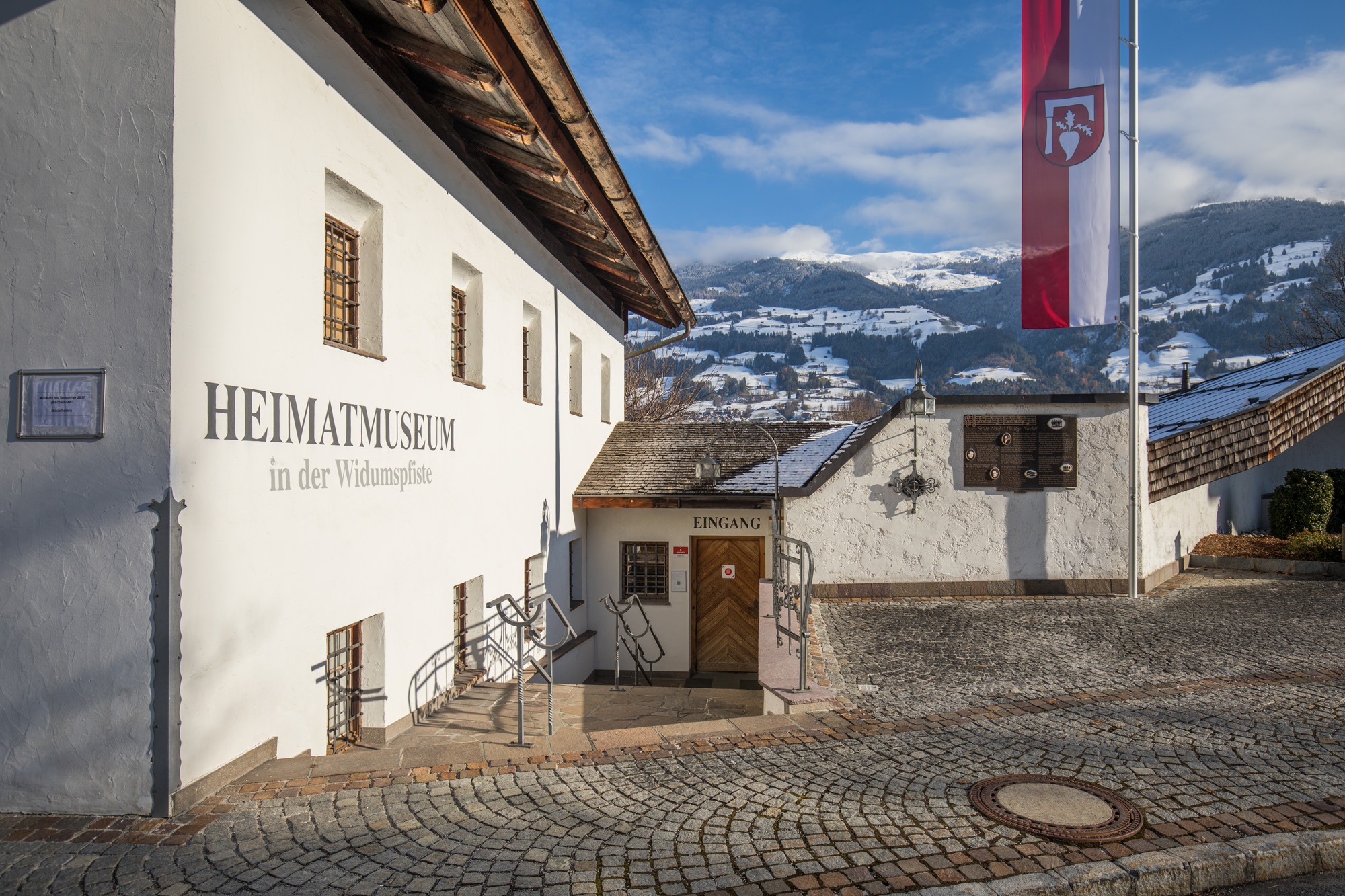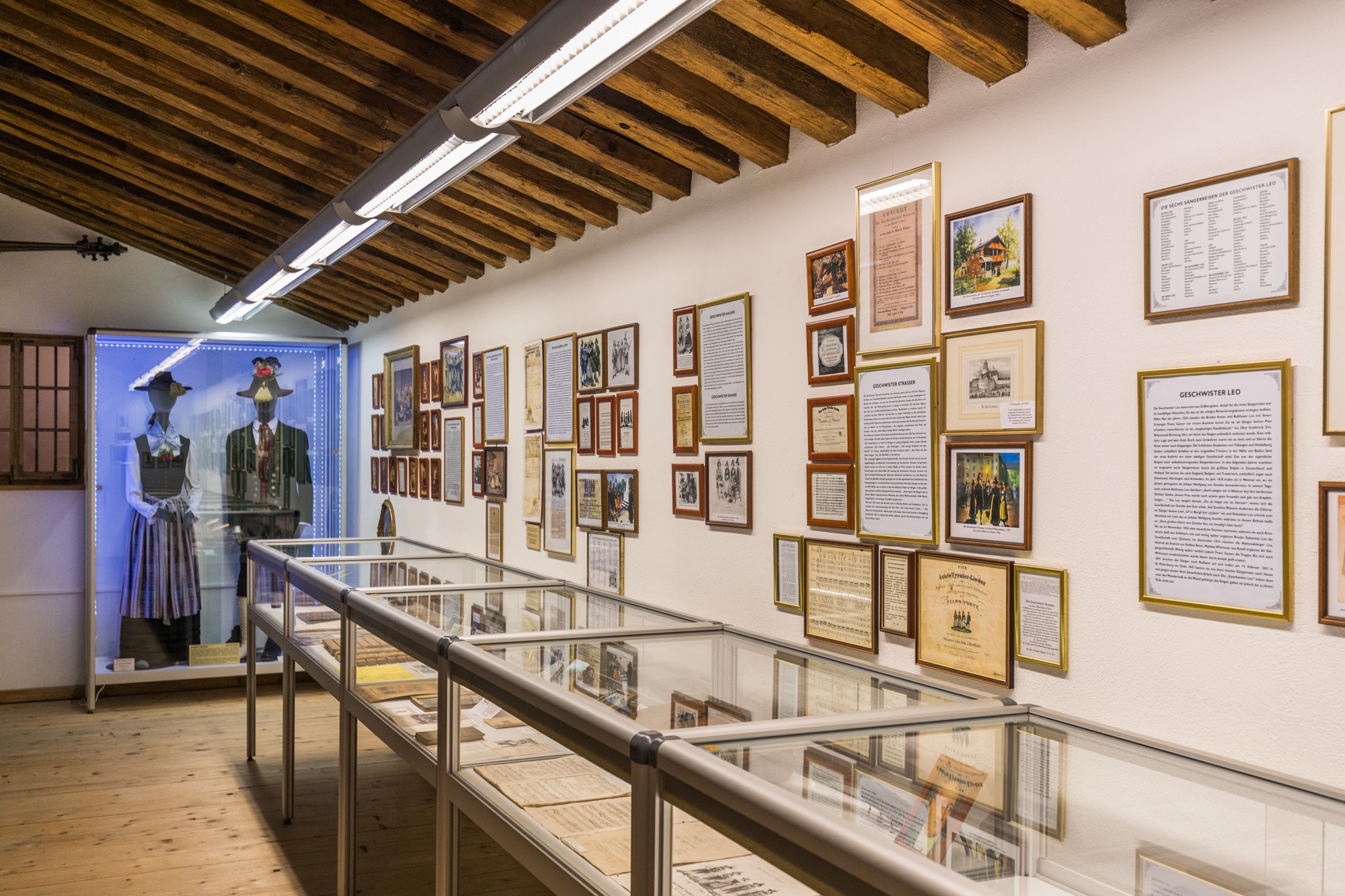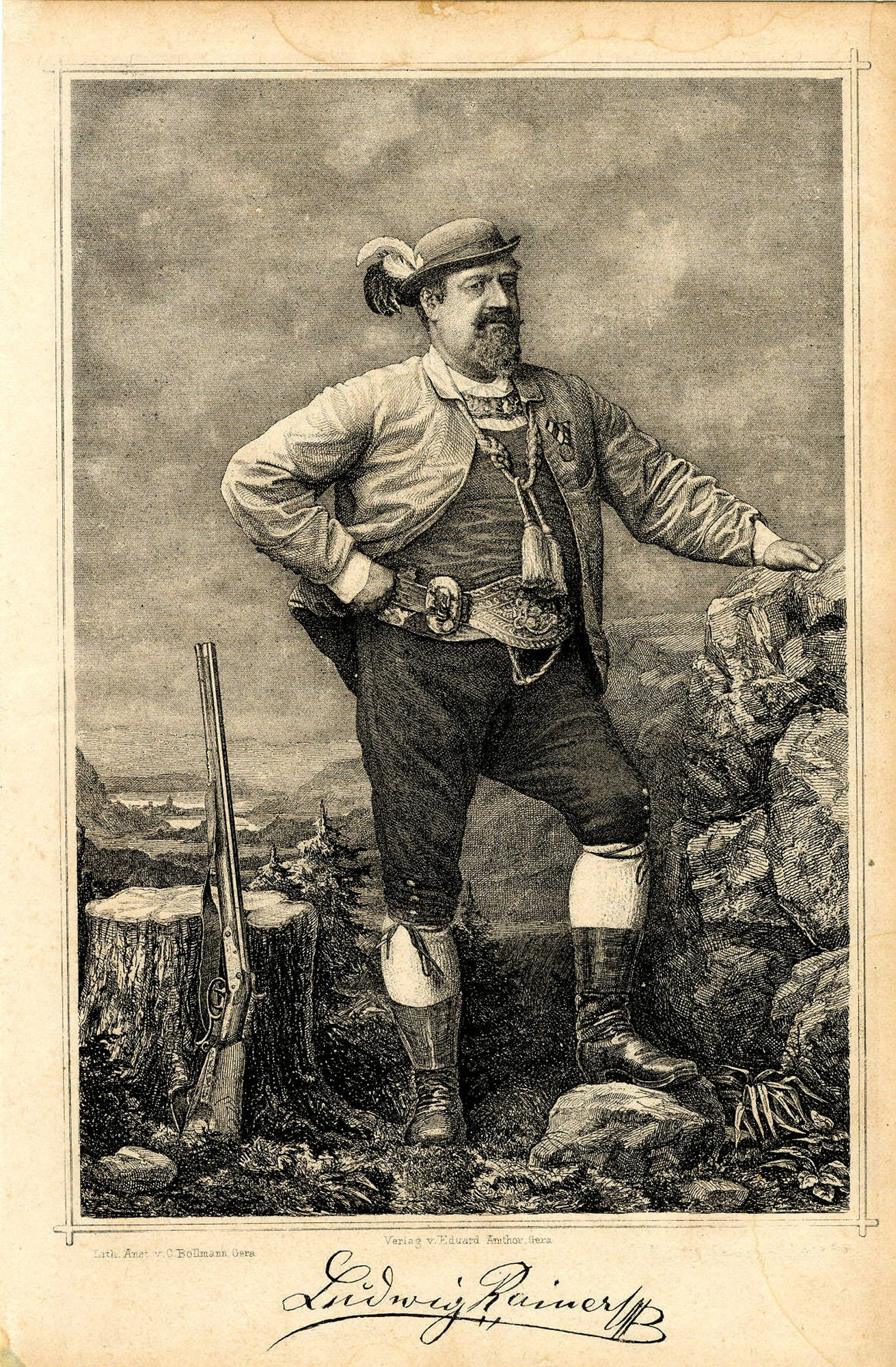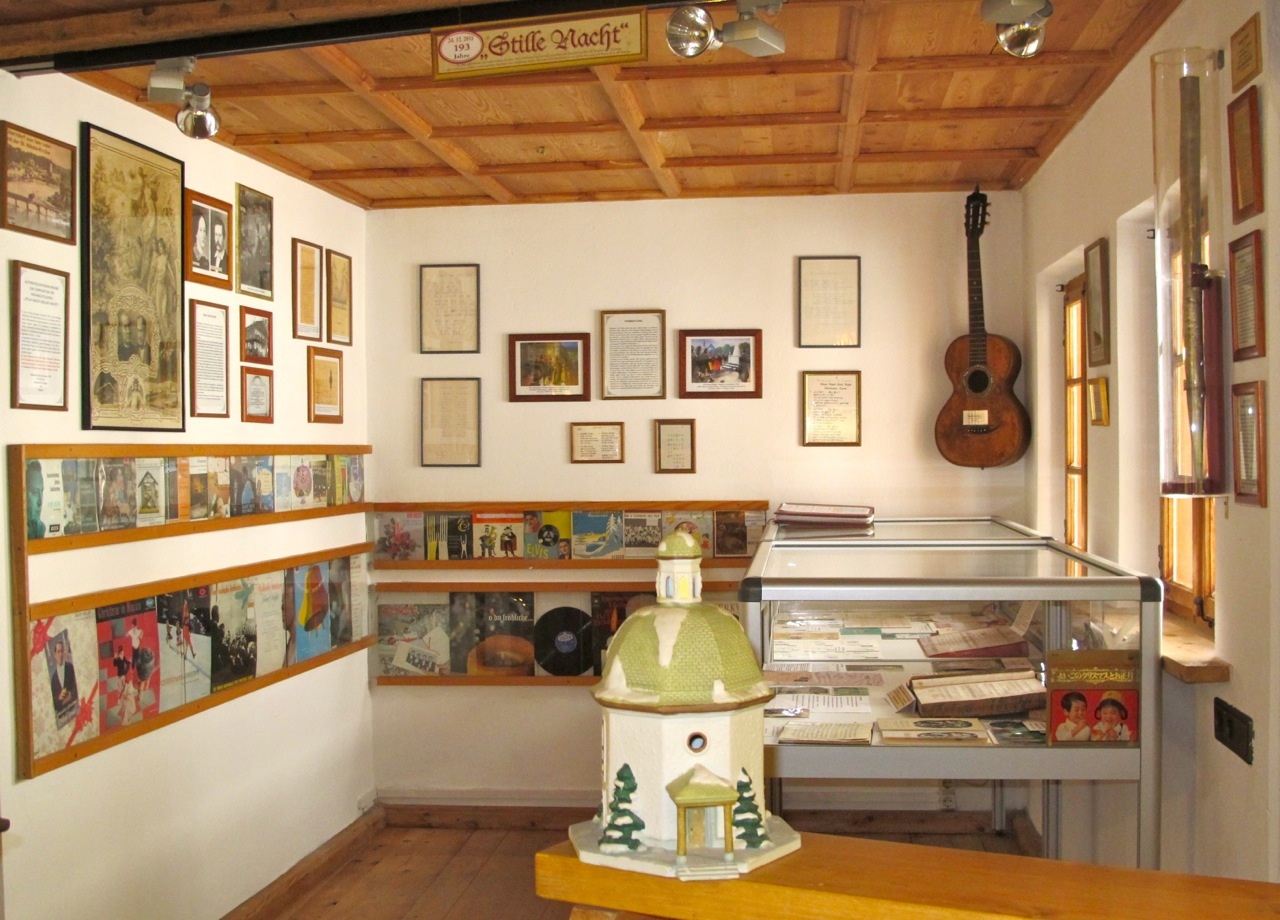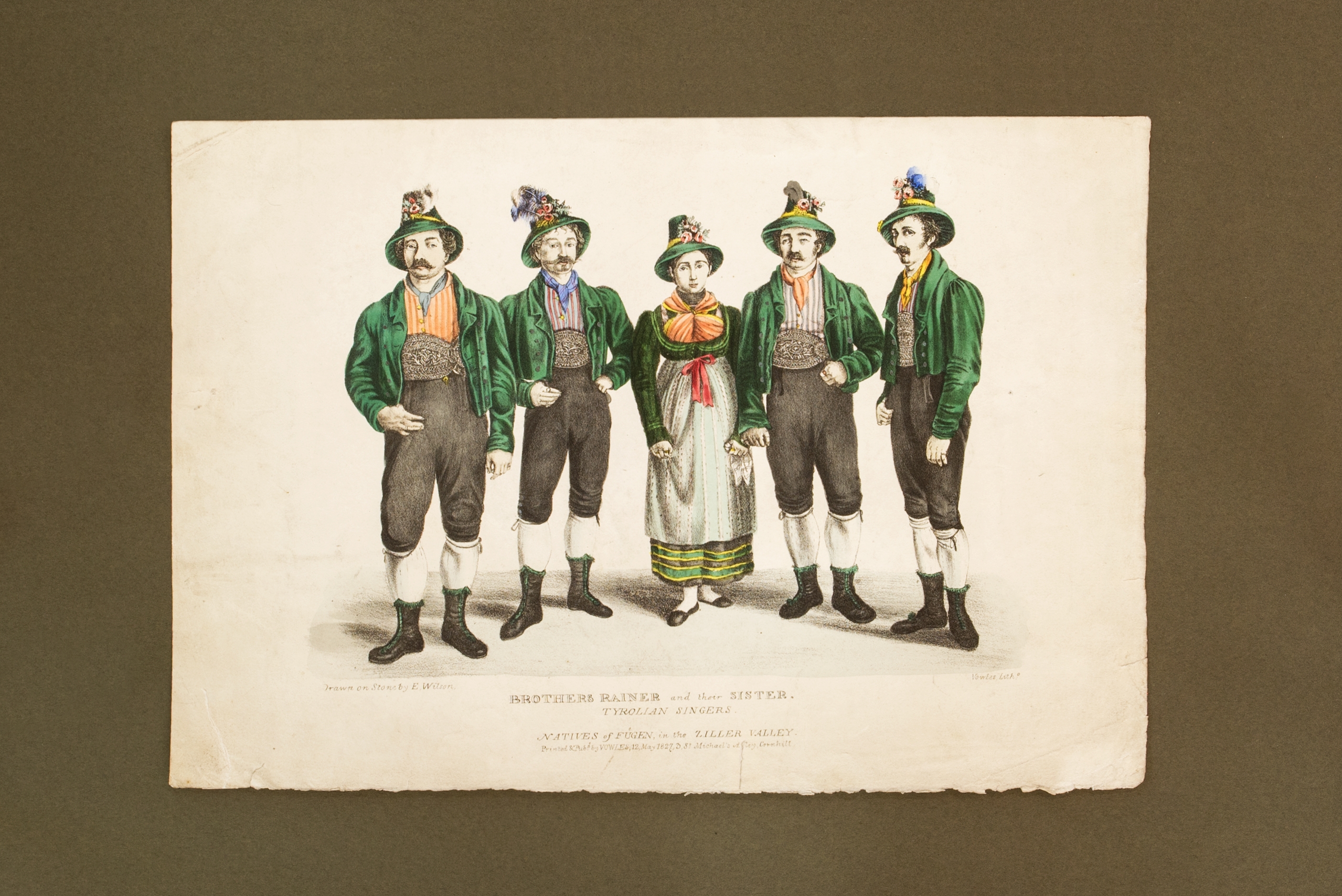Notable People
Karl Mauracher
The organ builder Karl Mauracher (1789-1844) brought "Silent Night! Holy Night!" probably shortly after its creation in the Zillertal. In 1818 Mauracher had received the order to repair the organ of the Church of St. Nikola in Oberndorf. He came to Oberndorf in spring 1819 and built a new organ in 1824/1825. In total, more than 50 organs come from Karl Mauracher.
Rainer family
Carl Mauracher gave the song “Silent Night! Holy Night! ” to the original Rainer singers who were members of the church choir in Fügen. These ensured the further dissemination. A plaque in front of the museum reminds, among other things, of a performance before Emperor Franz I and Tsar Alexander I in 1822. On the memorial of the Rainer family in the Fügen cemetery you can read: “Through their concert tours all over Europe, with performances in front of the most important rulers of their time, the 'Ur-Rainer' made Tyrol and the Zillertal world famous. Ludwig Rainer brought 'Silent Night' to America in 1839. He was the most famous national singer of the 19th century.
Museums, memorials, events
Museum in the Widumspfiste in Fügen
Memorial of the Rainer family
The original Rainer Felix, Anton, Joseph and Franz Rainer as well as Maria Scholastika Wildauer, née Rainer, are listed here.
Local Community
At the beginning of the 13th century BC more and more people, in search of copper, penetrated into the alpine region. The traces of a first settlement of today's municipality of Fügen also fall during this time. An urn field found in 1982 can be traced back to the 12th century BC. With the conquest by the Romans in the years 16/15 BC the Ziller became the border river between the Noricum (east) and Raetia (west). "Fugine" was first mentioned in a document during the term of office of Bishop Reginbert of Brixen (around 1130/1140).
From 1900 travel writers and the popularity of the Zilltertal national singer "Rainer" from Fügen aroused the interest of the people who now poured out of the cities into nature. In 1914 there were already seven inns with 125 beds in Fügen - thanks in part to the Zillertal Railway. In July 1954, Fügen was able to book 4,663 overnight stays, in July 1957 there was the then record number of 20,000 overnight stays.
Today, Fügen is characterized by tourism and agriculture. With around 670,000 overnight stays annually, Fügen is among the top 25 of the Tyrolean tourist communities.
